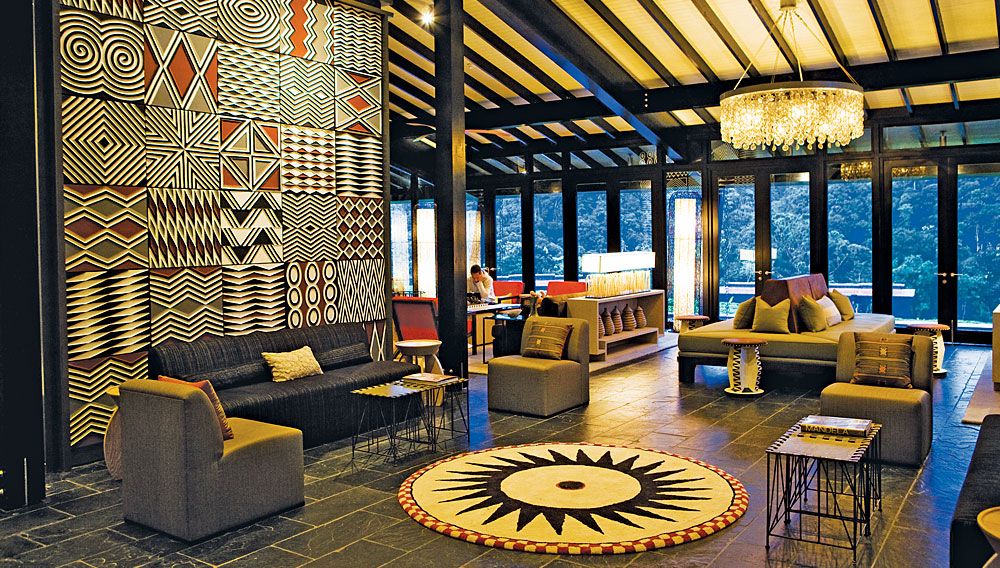Many people spend most of their time at home, work, school, or other indoor places. However, the influence of these spaces on our feelings, health, and daily lives is often underestimated. Interior design, the way we plan and decorate a room, is more significant than commonly perceived.
Good design extends beyond mere aesthetics. It can foster feelings of calm, safety, and happiness. In Rwanda, traditional homes have historically prioritized peace and comfort. From the distinctive Imigongo art to warm clay walls and handcrafted decorations, Rwandan culture emphasizes the home as a sanctuary for healing and unity.
A 2022 study by the African Institute of Mental Health and Space Design, which surveyed over 500 Rwandan families, found that 78% of individuals living in well-organized and decorated homes reported reduced stress and increased happiness. The research also indicated that children in calm, clean spaces exhibited improved focus and better sleep patterns.
Interior design incorporates simple yet powerful principles: the use of soft colors, effective lighting, and open spaces. For instance, many Rwandan homes utilize natural light, local materials like wood and banana leaves, and maintain tidy rooms.
These choices are not solely cultural; they also contribute to mental balance. When homes are excessively dark, cluttered, or crowded, they can induce feelings of sadness or anxiety. Conversely, well-designed spaces that offer areas for relaxation, family interaction, or contemplation support both physical and mental well-being.
In Rwandan culture, “Ubumwe,” meaning unity and togetherness, is highly valued. Effective interior design facilitates this communal spirit. Whether it involves sharing stories in the living room, cooking in a brightly lit kitchen, or resting in a peaceful bedroom, the design of our homes plays a crucial role in fostering connection.
Interior design is not exclusively for the affluent. Even with a modest budget, individuals can enhance their living spaces by optimizing natural light, using clean and calming color palettes, or incorporating traditional baskets and artwork to imbue the home with a unique character.
Our houses should not only offer protection from the elements but also nurture our hearts and minds. By designing homes that reflect our values, peace, unity, and vitality, we can create environments that support the holistic well-being of individuals and communities.




